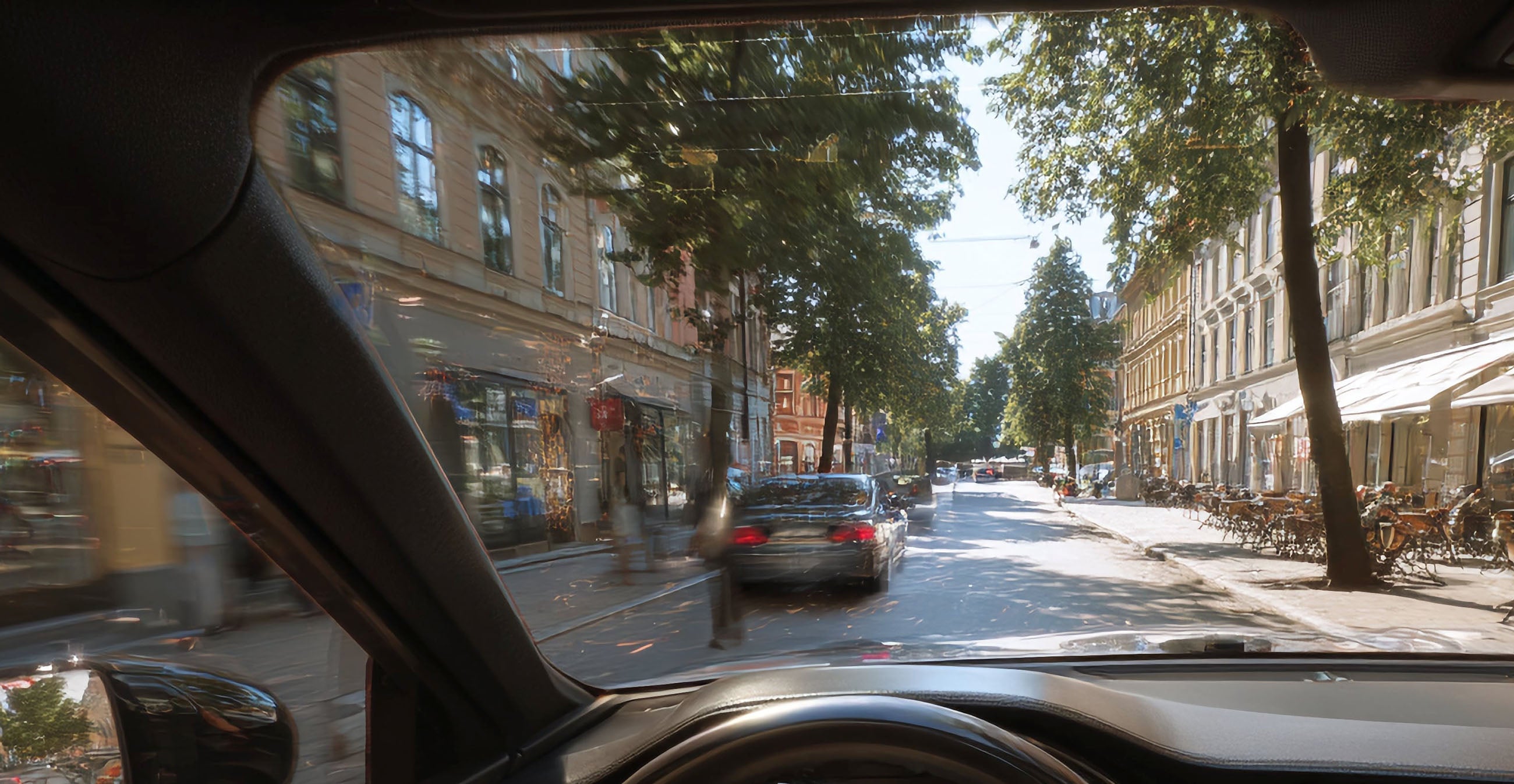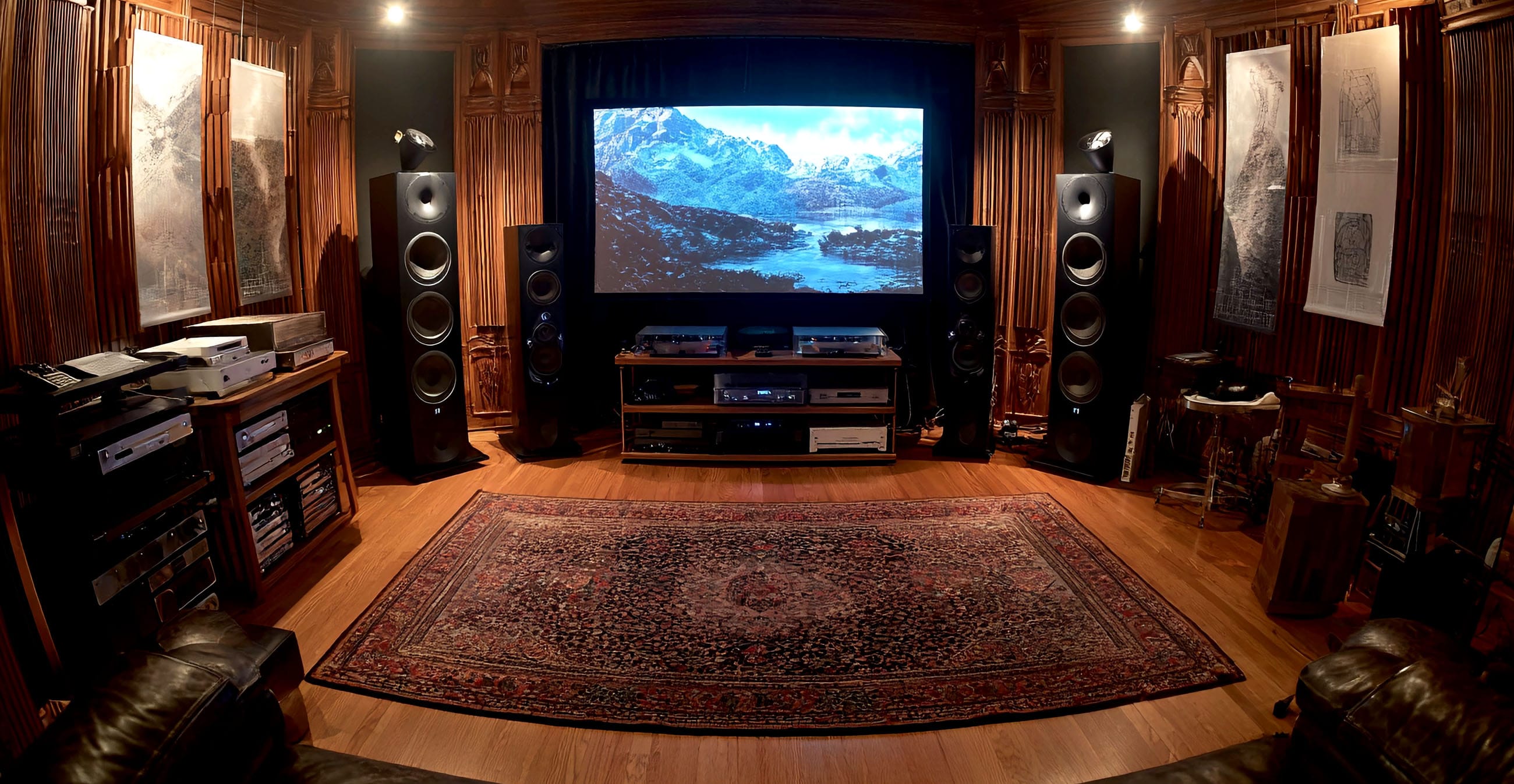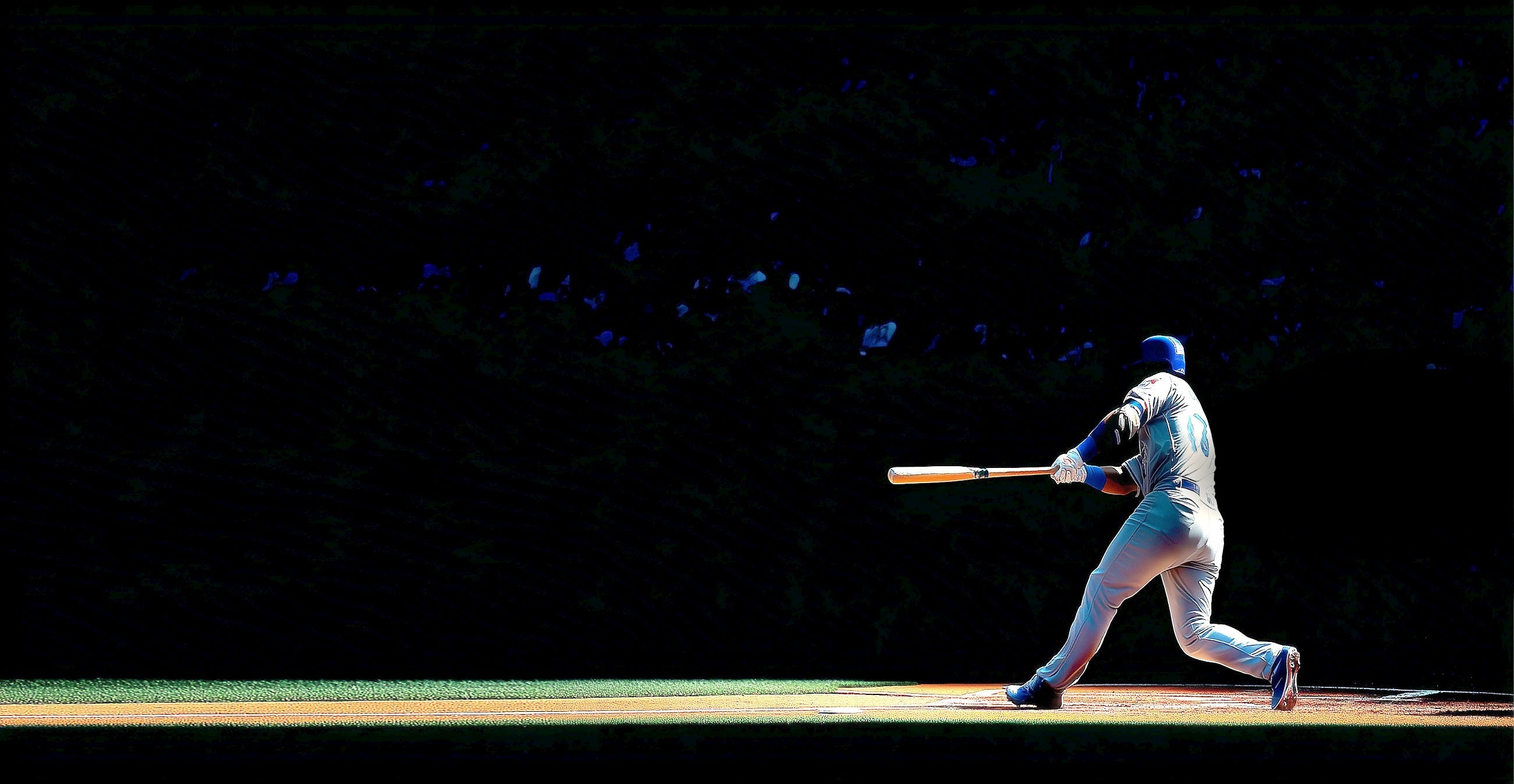Twisting a 2x2x2 Rubik's Cube in your hands feels like holding a tiny cosmos, where chaos and order dance in vibrant colors. This pocket cube, small yet intricate, invites you to unravel its mystery, offering a quiet triumph with every solved face. Solving it is not just a puzzle; it is a meditation on patience and clarity, a reminder that simplicity can conquer complexity. This guide unveils an easy, step-by-step path to mastering the 2x2x2 Rubik's Cube, crafted for beginners and infused with insights to spark joy and confidence. Let us embark on this journey to transform a jumbled cube into a masterpiece of harmony.
Grasping the Pocket Cube's Essence
The 2x2x2 Rubik's Cube, often called the pocket cube, is a compact marvel with eight corner pieces, each bearing three colored stickers. Unlike the 3x3x3 cube, it has no edge pieces or fixed centers, yet its 3,674,160 possible combinations demand a clear strategy. The cube features six faces: front (F), back (B), left (L), right (R), up (U), and down (D). In this guide, notation is simple: a letter (e.g., R) means a 90-degree clockwise turn, while an apostrophe (e.g., R') indicates a counterclockwise turn. With this foundation, you are ready to solve the cube with ease and grace.
Step 1: Building the First Layer
The first step is to create a solid base by solving one face, typically the white face. This involves positioning and orienting the four white corner pieces to form a complete layer, setting the stage for the cube's resolution.
Placing the First White Corner
Begin by finding a corner piece with a white sticker. If it is in the bottom layer (D face), position it below the spot where it belongs on the top (U) face. For example, if the piece is at the bottom front right, use this algorithm to move it to the top front right position:
R' D' R D
Repeat this sequence until the white sticker faces up. If the piece is in the top layer but incorrectly oriented or positioned, apply the same algorithm to cycle it to the bottom, then reposition it. This intuitive sequence is the key to building your first layer.
Completing the White Face
Locate the remaining three white corner pieces and repeat the process. Ensure each corner aligns with the adjacent side colors (e.g., a white/red/green corner belongs where the white, red, and green faces intersect). If a corner is in the wrong spot, use R' D' R D to move it out and reposition it correctly. Once all four corners are in place, the white face shines complete, a testament to your growing mastery. Take a moment to feel the satisfaction of this milestone.
Step 2: Conquering the Yellow Face
With the white face solved, flip the cube so the white face is on the bottom (D face) and the yellow face is on top (U face). The goal is to position and orient the four yellow corner pieces to complete the cube. This step uses two straightforward algorithms to bring order to the final layer.
Orienting the Yellow Corners
Check the yellow stickers on the top face. You may see zero, one, or four yellow stickers facing up. To orient all yellow stickers upward, use this algorithm while holding the cube with the front face showing a corner you wish to adjust:
F R U R' U' F'
Apply the algorithm, then reassess the yellow face. Repeat as needed until all four yellow stickers face up. This process may require patience, but each cycle brings you closer to a unified yellow face, a small victory in your philosophical quest for order.
Positioning the Yellow Corners
Now, ensure each yellow corner is in its correct position, matching the side colors. Identify any correctly placed corners. Hold the cube with a correct corner (or any corner if none are correct) at the front right top position, and use this algorithm:
U R U' L' U R' U' L
Repeat until all corners are correctly positioned. If only one corner is correct, hold it at the front right top and apply the algorithm. Check after each cycle, as corners gradually align. This final step transforms the cube into a solved state, a moment of quiet triumph that mirrors the clarity found in solving life’s puzzles.
Tips to Master the Pocket Cube
Solving the 2x2x2 Rubik's Cube is a blend of logic and persistence, a microcosm of life’s challenges. Practice the R' D' R D algorithm until it flows naturally, as it is the backbone of the first layer. For the yellow face, double-check your cube’s orientation before each algorithm, as precision is key. If progress stalls, pause and verify each corner’s position. Embrace mistakes as part of the journey, for each twist brings you closer to mastery. The cube teaches us that simplicity, when approached with focus, can unravel even the most daunting complexities.
The Joy of Solving
As you align the final corner, the 2x2x2 Rubik's Cube transforms from a jumble of colors into a harmonious whole. This small act of solving carries a profound lesson: with clear steps and steady effort, chaos can become order. The pocket cube is more than a puzzle; it is a reminder that every challenge, no matter how intricate, can be met with patience and resolve. As you hold your solved cube, feel the quiet pride of turning complexity into simplicity, a victory that resonates far beyond the cube itself.





